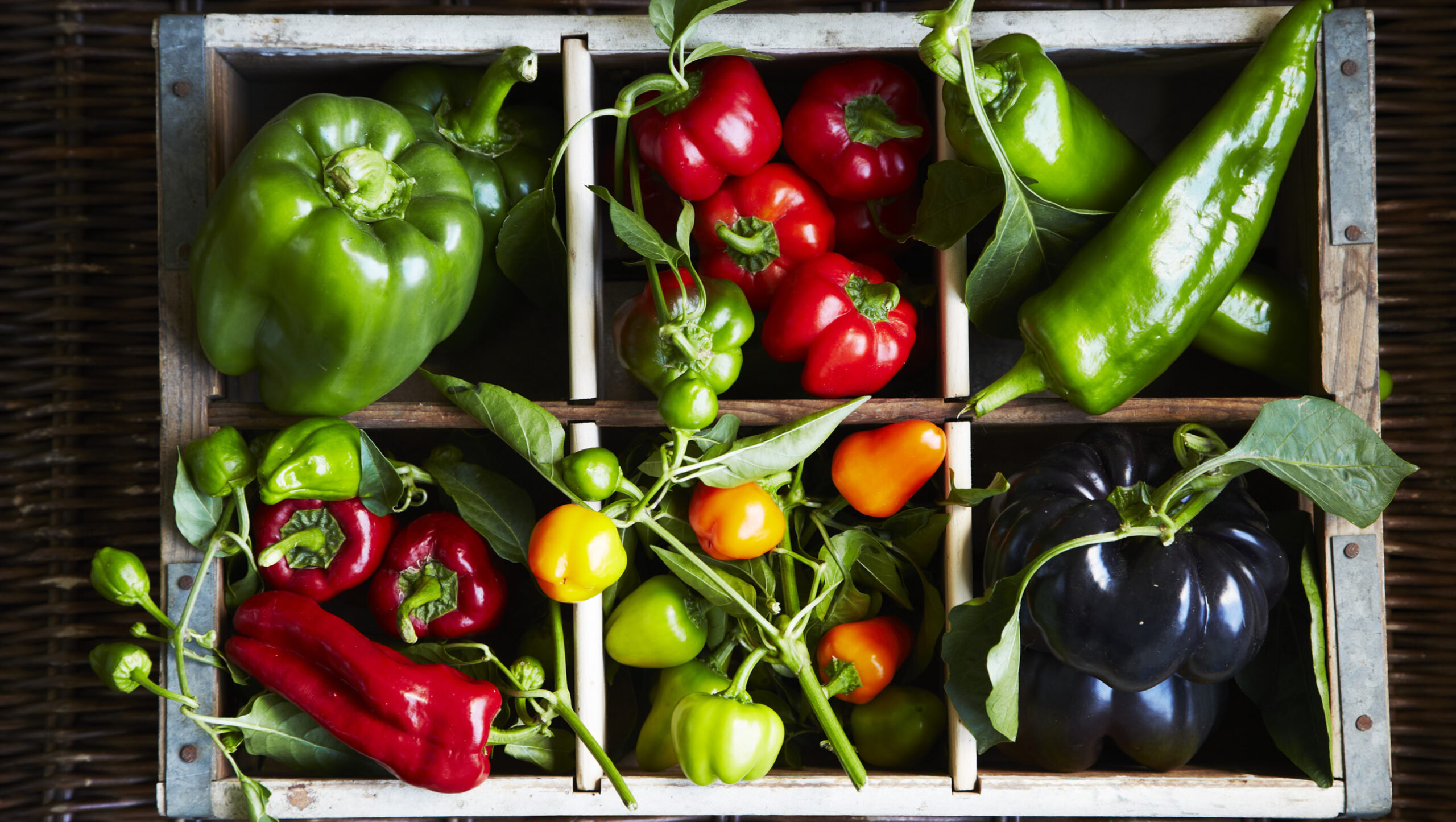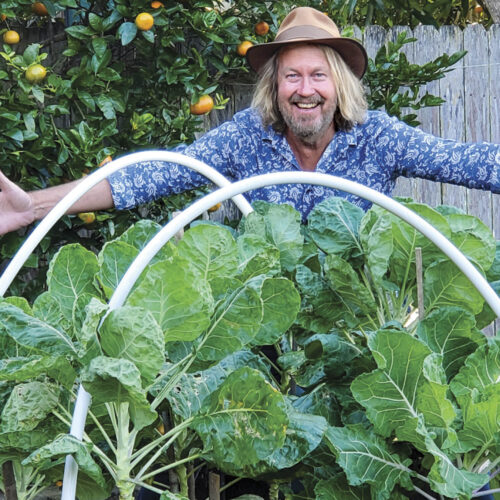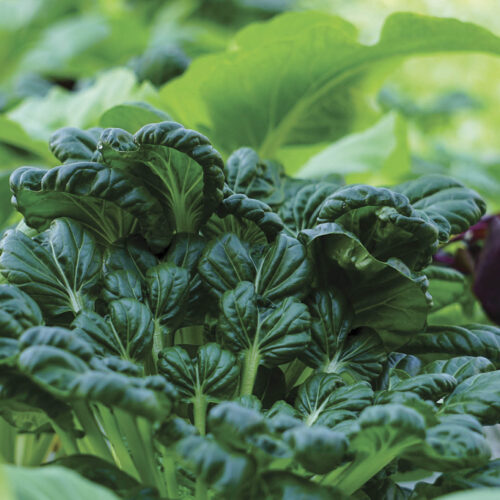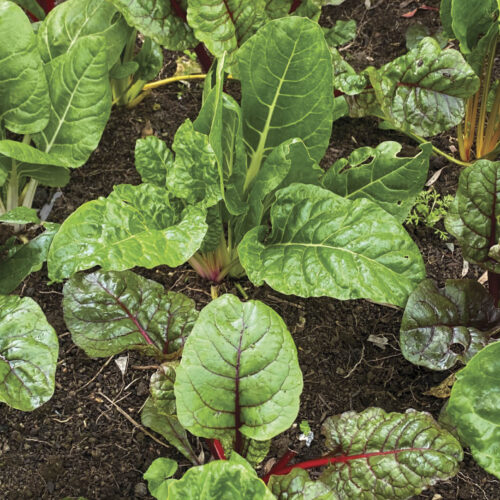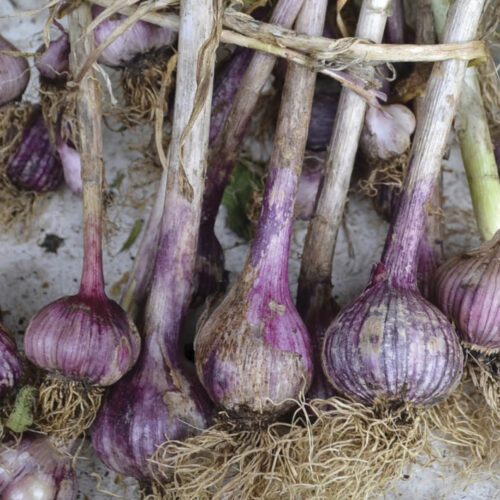Growing colourful capsicum
2022-01-12T05:27:16+11:00
These beauties come in a vibrant array of shapes, colours and flavours, and with careful nurturing can be an essential part of your summer vegie patch, writes Helen McKerral.
Whether they’re in sweet Hungarian goulash, light French ratatouille or spicy Indian curry, topping crusty bread in Italian peperonata, charred in Mexican chiles rellenos, or tossed with cucumber and tomato in a crisp Aussie salad, capsicums are deservedly one of the world’s favourite summer vegetables. Yum!
Available in an astonishing range of shapes and colours (red, green, yellow, brown or purple, round, fluted or elongated) they’re packed with vitamins and minerals and love our climate. In my daughter’s warm courtyard on the Adelaide Plains, sweet chillies merrily pop up in the compost, while in my cool, south-facing Adelaide Hills garden just 12km away, I have to coax them along. Read on for tips and tricks to grow these fabulous vegetables in every part of Australia.
A long history
Despite its botanic name Capsicum annuum, this plant is a short-lived perennial in the same nightshade family as tomatoes and potatoes. Capsicum hail from South America, with evidence of cultivation nine centuries ago, rivalling early staples such as corn, wheat and potatoes. It is now known to be a good source of vitamins A, C and E, as well as iron.
Capsicum, chilli or pepper?
The names give a hint as to the confusion: paprika, capsicum, sweet pepper, pimento, chilli, sweet chilli! In Australia, we differentiate between hot ‘chillies’ and non-spicy ‘capsicums’, but in the US all capsicums are simply called ‘peppers’. Chillies have various amounts of spicy capsaicin in them, and only those with recessive genes, such as supermarket bell capsicums and Mexican pimentos, have zero heat. However, some ‘chillies’ such as banana peppers, are available with and without capsaicin – that is, both sweet and spicy varieties.
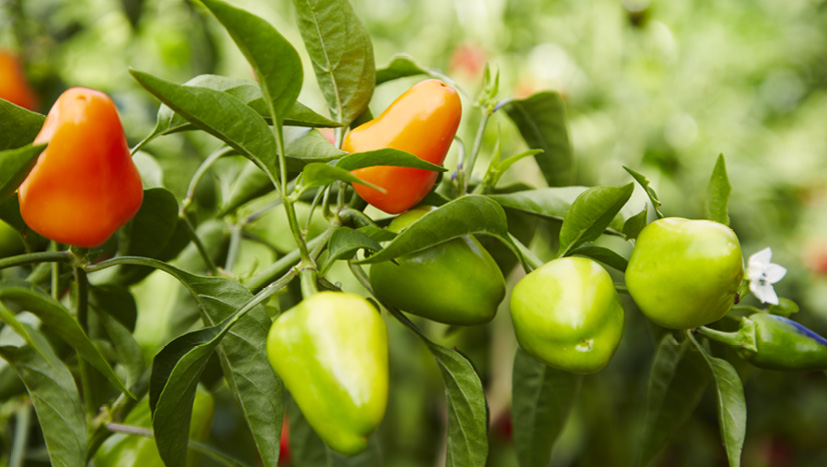
How to grow
We can grow capsicums throughout Australia, and the following principles apply everywhere, but gardeners in very cold, hot or humid areas need a few extra tricks to succeed (refer to ‘Climate Advice’ below).
Location, location, location!
As Goldilocks vegetables, capsicums need just the right amount of sun and warmth, plus a long growing season, to fruit. When temperatures rise above about 30°C with low humidity, pollination is compromised. Therefore, in cool regions, the more sun the better but, in hot, dry areas, afternoon shade is needed. Tall trees to the west/southwest cast welcome dappled shade in my garden, where summer temperatures often exceed 40°C.
Good airflow is essential to minimise fungal disease, especially in subtropical and tropical climates, but windy, exposed positions can snap the fragile branches.
Soil preparation
Soils should be slightly acidic to neutral – add sulphur to alkaline soils – and perfectly drained. Prepare soil a few weeks ahead of planting with plenty of pelletised chicken manure or well-rotted compost, sulphate of potash and blood and bone for extra calcium. Mulch thickly.
Seed
Capsicum seeds can be tricky to germinate as they need consistently warm temperatures. In northern parts, sow seeds year-round, or late winter to early summer in warm temperate regions. In the coldest parts of Australia, sow from spring to summer; you may need a heat pad if starting seed indoors in spring. Cover thinly with seed-raising mix and keep moist, then prick into individual pots under cloches or glass before transplanting. If sowing later in the season, choose varieties with shorter maturation times.
Seedlings
These are easier than seed if you’re growing capsicums for the first time. It’s essential to transplant into warm soil – cold sets back plants to such an extent that they never really recover, just sulk for the entire summer not doing much at all (don’t ask me how I know this!). Plant capsicums year-round in the north, September to December in the south. However, garden microclimates and seasons vary enormously – the of end October is usually the earliest in my garden with its slow-to-warm southerly aspect, but people on the north side of the ridge successfully plant a full month earlier.
If you’re unsure, buy a punnet of seedlings, place two into the ground at the recommended time and two into small pots. Plant the remaining punnet seedlings one and two weeks later, the two potted ones four and five weeks later to see what time works best.
Soak seedlings for 20 minutes in half-strength seaweed solution, then plant gently to minimise root disturbance. Space 50–70cm apart, depending on variety. Firm soil and water well, finishing with leftover seaweed solution.
A stake or tomato cage supports large fruiting varieties and plants in exposed spots.
Watering and feeding
Insufficient water during flowering makes flowers drop, and periodic drying while fruit is developing causes blossom-end rot, like in tomatoes. Deep, regular watering keeps plants growing strongly and ensures healthy fruit.
With good soil preparation, plants won’t need much additional fertilising; avoid high nitrogen fertilisers, especially while seedlings are small. Instead, begin any feeding after flower buds develop – fertilisers formulated for tomatoes, or fortnightly liquid compost teas, fish and or seaweed emulsions are all good.
Pests and diseases
Prevention is best: good drainage, air circulation, drip irrigation and cultivar selection mitigate most fungal diseases. Practise crop rotation – avoid growing capsicums where potatoes, tomatoes or eggplants have grown in the previous three years. Bt (Bacillus thuringiensis) on small fruit prevents caterpillars; net whole plants in fruit fly areas.
Climate advice
Arid to semi-arid
- Choose locations with afternoon shade, such as northeast of tall trees, shrubs or buildings.
- Protect plants with vegie net or 30-50 per cent shade cloth.
- Choose varieties with dense foliage.
- Plant in containers and move them as the season warms.
Cool
- Choose the sunniest spot possible.
- Retain and reflect heat via masonry walls and fences.
- Plant seedlings into black plastic pots that warm quickly, under plastic cloches or in glasshouses, and transplant to garden beds when the soil warms.
- Choose European and smaller varieties with shorter maturation times, rather than larger bell types.
- Plant into containers and move them under eaves to avoid early frosts
- Protect plants from early autumn frosts with vegie net.
Humid tropical
- Choose open locations and space plants widely to ensure excellent air circulation.
- To avoid fungal diseases, water early in the morning, at soil level, preferably with drippers; avoid overhead sprinklers.
- Choose disease-resistant varieties such as ‘Perennial’.
- Mulch with less absorbent materials, such as bark chips, rather than pea straw.

